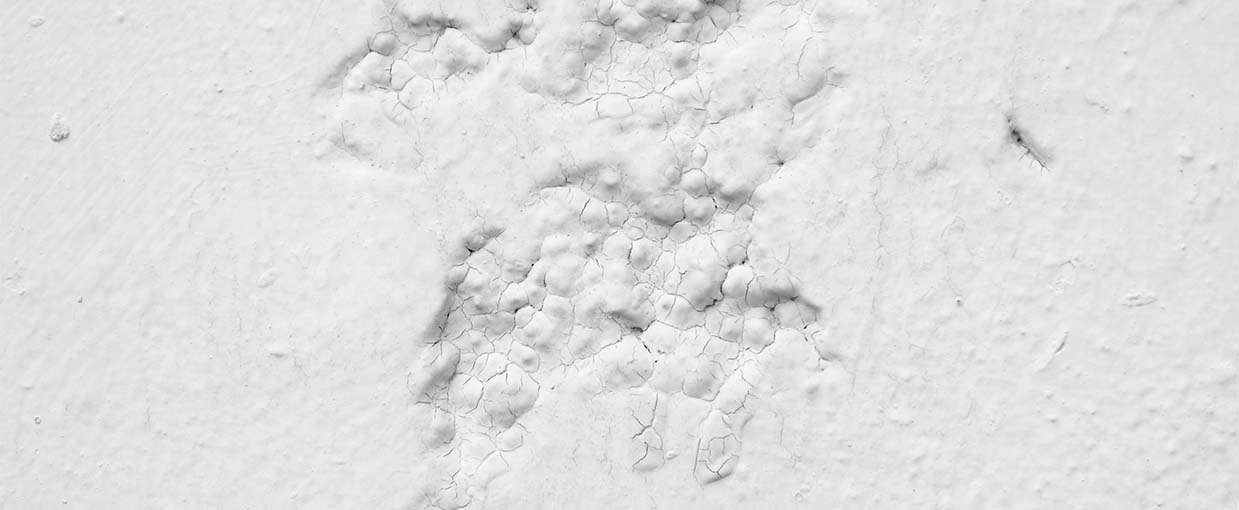
How to Keep your Drywall Looking Good?
Author: Drywall
As much as drywall can be a handy, cost-effective material in construction, it needs regular maintenance to remain neat and good-looking. Causes of drywall problems may vary from bumps made by your kids while playing around to physical changes happening to the system behind the drywall.
Here we are to offer you our tips on how to maintain your drywall, so it can guide you when you do it yourself at home. Also, many of these tips are used by professionals in their line of work to fix drywall issues.
|
Fixing small holes Holes are considered small when they extend to a diameter of about 25 cm. Solution:
Similar like treating intermediate holes. This should probably require the help of a professional as you have to make sure you don’t damage the wirings or the plumbing behind the drywall. Solution: A professional will cut and remove the damaged section, replacing it with a brand new one. |
Fixing Cracks Sometimes, a crack may appear at the junction between two boards in a drywall or between the drywall and another surface. Cracking usually happens because of the shrinkage of the joining material between the surfaces upon poor application. Solution:
This issue occasionally arises in new dwellings where the nail retracts from its stud and sticks out from the wall paint. Shrinkage of the wood on which the drywall is installed is usually the reason behind such a problem. Solution: Expose the drywall on top of the nail/screw using a utility knife, then you can use either of the following methods:
|
N.B. When hammering or screwdriving the nail, you have to do it gently so as not to damage the paper cover of the gypsum board.
|
Fixing corner beads Corner beads are plastic or metallic frames that support the corners of the drywall. Despite that the bead can tolerate bumps to a great extent, a heavy blow can cause it to bend. Solution:
This may result from heavy rain or even from plumbing issues. Solution:
|






